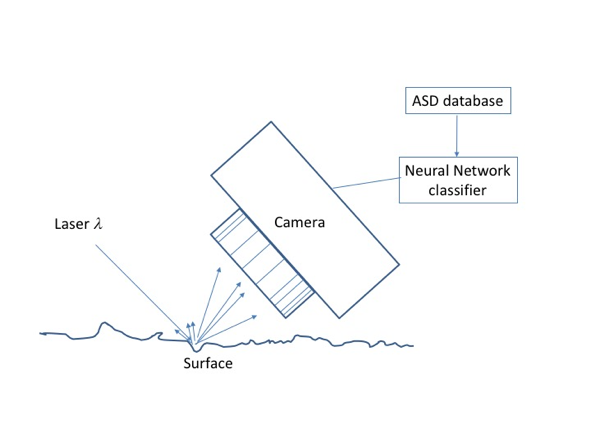Revisiting optical scattering with machine learning (SPARKLE)
Grant: EP/R028826/1
Funding: EPSRC
Duration: June 2018 – June 2021
Team: Richard Leach, Yorgos Tzimiropoulos, Nicola Senin, Mingyu Liu, Jeremy Coupland (Loughborough), Nikolay Nikolaev (Loughborough)
Partners: Renishaw, Zeeko, Zygo, Xaar
In conventional machining, there has been a significant research effort to determine the surface topography of the machined parts during the manufacturing process. The dominant technology for this has been machine vision approaches, where a relationship between a texture parameter and an aspect of the measured field from an intensity sensor is determined. Such approaches have two major drawbacks: 1. they are usually applied to surfaces with geometrical features over a limited range and 2. they do not have the benefit of a physical model of the measurement process, i.e. they are purely empirical. As an example, the measurement and characterisation of the surface topography of additive manufactured parts remains a significant challenge, especially where measurement speed may be an issue. Typical metal additive manufactured surfaces have a large range of surface features, with the dominant features often being the weld tracks with typical wavelengths of a few hundred micrometres and amplitudes of a few tens of micrometres; such structures are beyond what can be measured effectively with existing commercial approaches.
In the proposed project, we aim to demonstrate that it is possible to measure rough and structured, machined or additive surfaces using a simple, cost-effective real-time measurement system. This will involve the development of a fully rigorous three-dimensional optical scattering model, which will be combined with a machine learning approach to mine optical scattering data for topographic information that is not within the range of commercial scattering instruments. The proposed system could be mounted into a machining or additive operation without slowing down the process, therefore, reducing the cost of many advanced products that require engineered surfaces. To demonstrate the commercial potential of the project outputs, we have several advanced manufacturing partners who will supply industrially relevant case studies and one partner who could act as the commercial exploitation route for the instrument.

Schema of the proposed scattering instrument